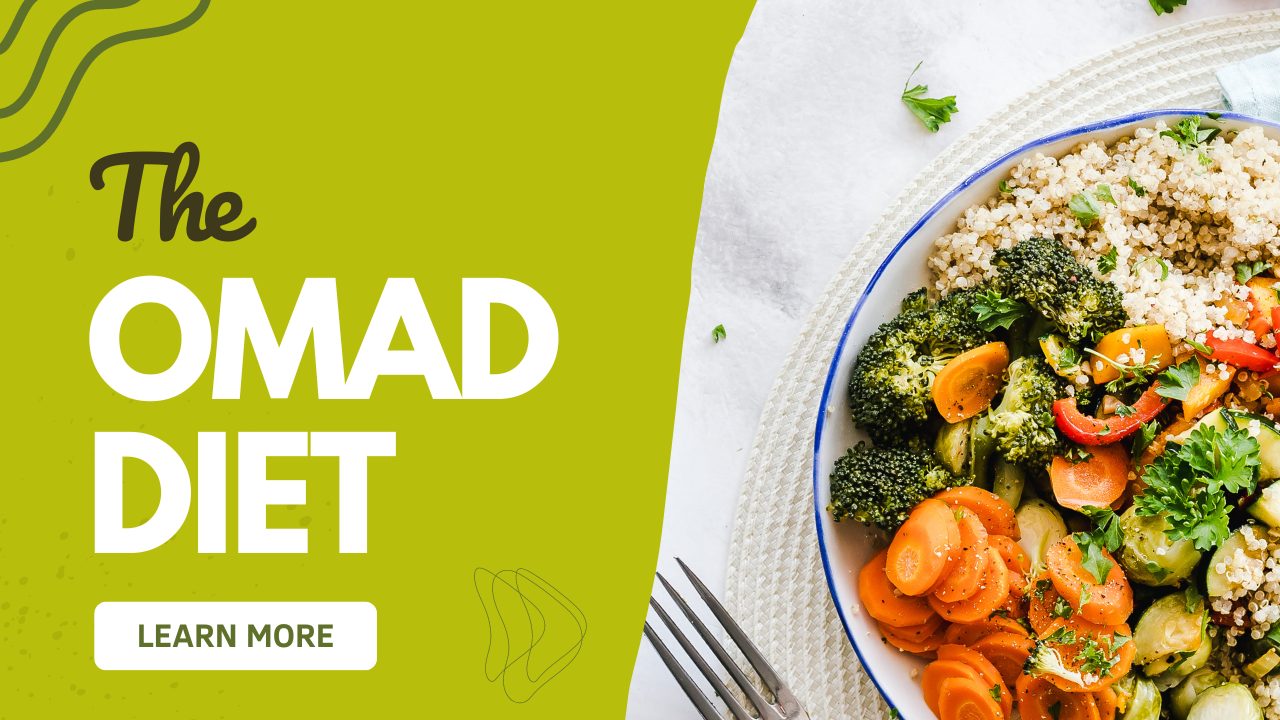Last updated on December 17, 2024
However, the concept of the OMAD (One Meal A Day) diet is relatively new.
We humans have followed some form of fasting since prehistoric times. During those times, humans had to fast as agriculture was alien to us and hunting and gathering was the only mode of survival.
I grew up in a small hill town in north India (Shimla) and the concept of fasting has always been familiar. From religious observances like Navratri to the simple Ekadashi fasts, periods of abstaining from food were interwoven into our lives.
The interest in this diet — also called the 23:1 fasting diet — and intermittent fasting grew in the late 20th century when scientific research in this field discovered its potential benefits for weight management and longevity.
Throughout my decade-long professional experience as a Keto coach and dietician, I’ve encountered various dietary patterns, each with its unique benefits and challenges. One such approach that has gained attention in recent years is the OMAD diet.
Let’s delve into the science behind OMAD, its potential advantages, and how it can be seamlessly integrated into Indian Keto meal preferences.
Understanding OMAD
The OMAD diet revolves around simplicity: consuming just one substantial meal within a 24-hour window. Unlike restrictive diets, this diet doesn’t dictate specific food types, allowing for flexibility. Here’s how it works:
- Time-Restricted Eating: OMAD aligns with the concept of time-restricted eating. By compressing your eating window to one hour, you encourage fat utilization and optimize metabolic processes.
- Nutrient-Rich Choices: Despite the flexibility, prioritize nutrient-rich foods during your single meal. Think of it as an opportunity to nourish your body comprehensively.
OMAD with Indian Food
As someone familiar with Indian culinary traditions, you’re already well-versed with flavour diversity. Here’s how to adapt OMAD to suit your preferences:
- Breaking the Fast: Commence your OMAD cycle with a late-night dinner. This aligns with cultural norms and allows you to savour familiar flavours.
- Balanced Nutrients: Ensure your meal covers all essential nutrients—carbohydrates, proteins, healthy fats, vitamins, and minerals. Embrace whole grains, legumes, leafy greens, and lean proteins.
- Mindful Choices: Avoid unnecessary calorie intake during the remaining 23 hours. Steer clear of mindless snacking and focus on hydration.
OMAD Meets Keto
Combining OMAD with the ketogenic diet can amplify results. Here’s how:
- Keto Adaptation: Leverage the fat-burning benefits of Keto during your OMAD meal. Opt for healthy fats like avocados, nuts, and olive oil.
- Low-Carb Approach: Limit refined carbohydrates and emphasize non-starchy vegetables. Cauliflower rice, zoodles (zucchini noodles), and paneer-based dishes fit well.
- Stay hydrated: Maintain proper hydration and replenish electrolytes, especially during fasting hours.
To know more about my diet plans, share your contact details on the appointment page. We’ll embark on this mindful eating journey together, proving that health and deliciousness can go hand-in-hand, even with just one meal a day!










